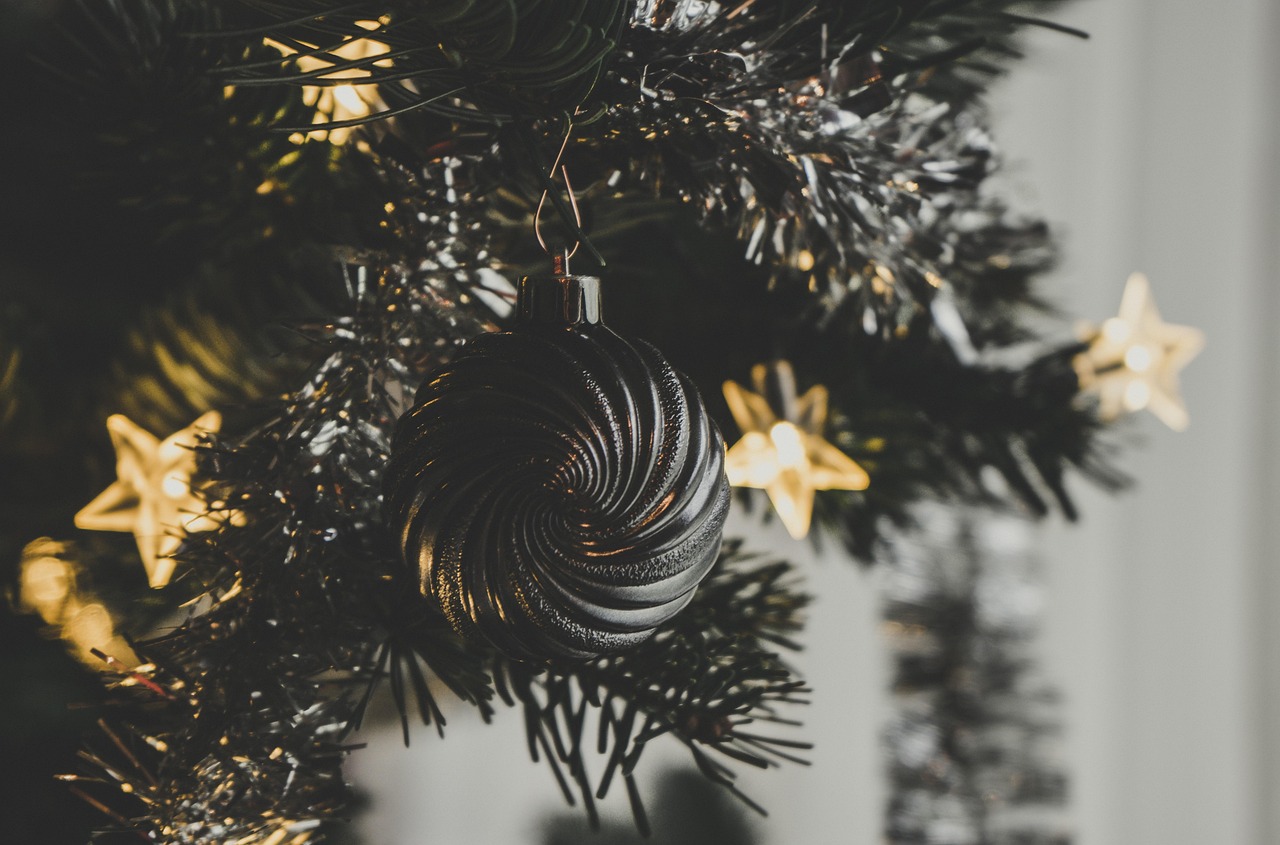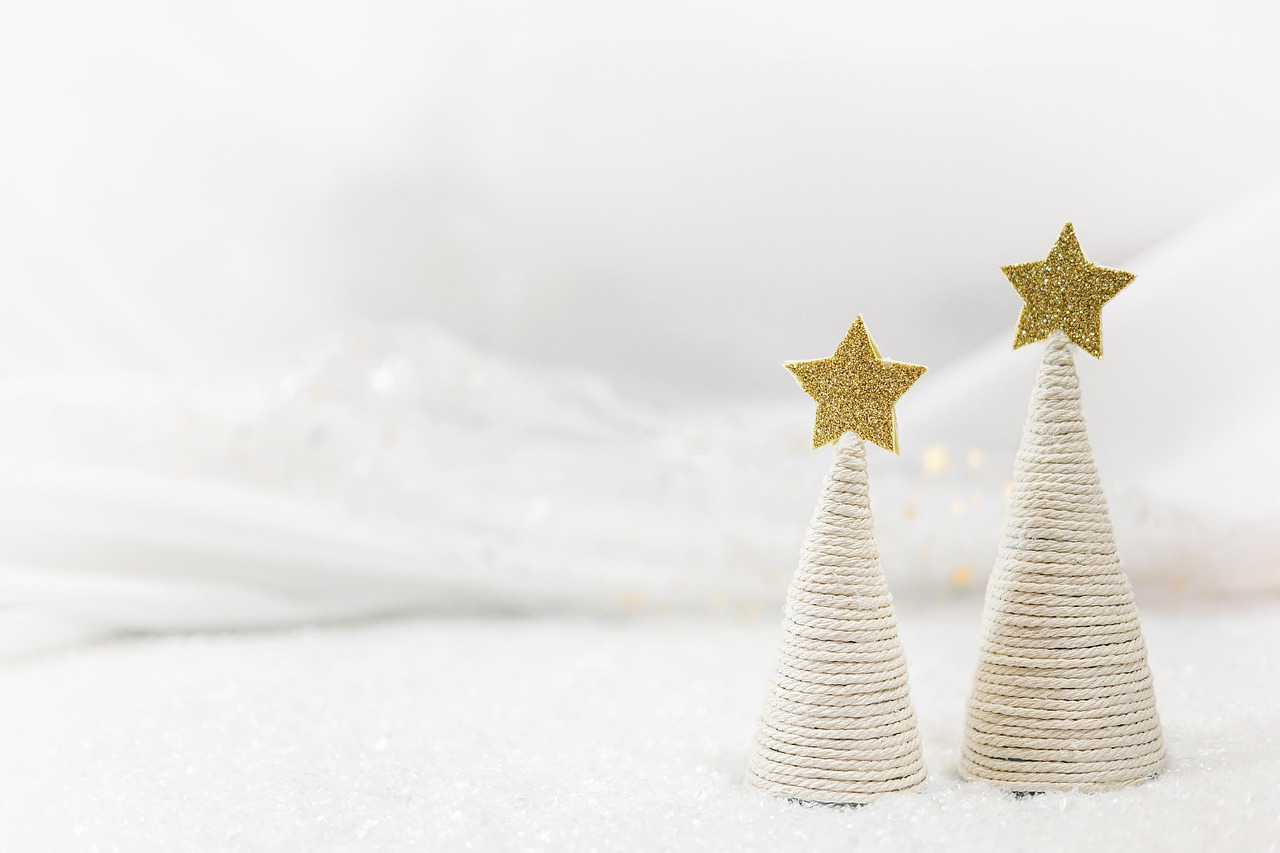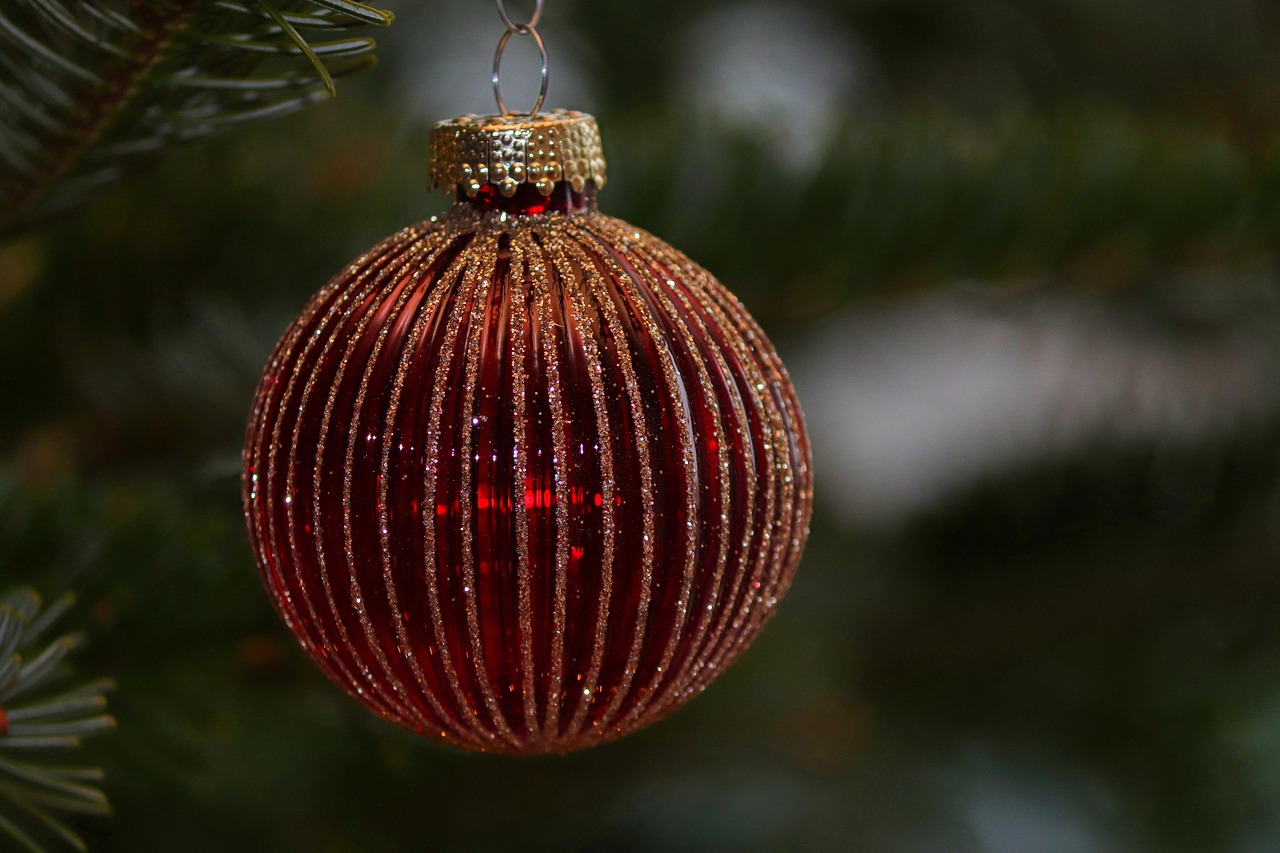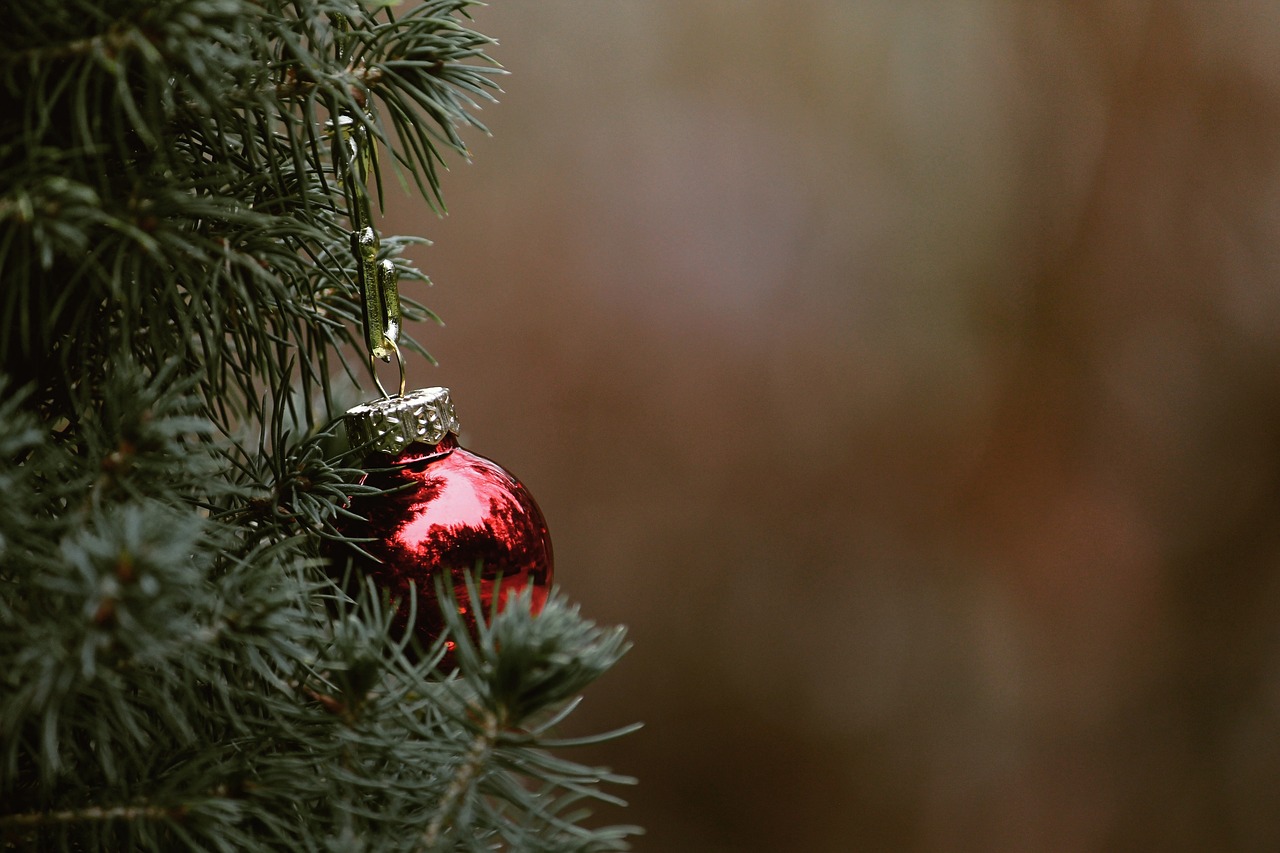The Christmas tree does hold specific religious and spiritual meanings for many people. Traditionally, it symbolizes everlasting life, hope, and renewal, drawing from ancient customs and the Christian faith, particularly the celebration of Jesus Christ’s birth.
The Significance of the Christmas Tree
The Christmas tree is a cherished symbol during the holiday season. Its origins are steeped in various traditions, with both pagan and Christian influences shaping its significance over time. The evergreen tree represents life, even in the cold winter months, making it a powerful emblem of hope and resilience.

In many cultures, evergreens have long been used in winter celebrations. Ancient Egyptians, Romans, and Druids adorned their homes with greenery to ward off evil spirits and celebrate the return of sunlight. These practices laid the groundwork for the modern Christmas tree tradition.
With the advent of Christianity, the Christmas tree took on a more defined spiritual meaning. Early Christians began to incorporate the tree into their celebrations, linking it to the concept of eternal life through Christ. The traditional lights that adorn the tree are often seen as symbols of Jesus as the light of the world.
Historical Background
The Christmas tree as we know it today has undergone significant evolution. The first recorded use of a decorated tree in a home dates back to 16th century Germany. Families would bring in trees and decorate them with fruits, nuts, and candles. This practice quickly spread throughout Europe and eventually to America.

By the 19th century, the Christmas tree had become a common sight in many households. Queen Victoria and Prince Albert popularized the tradition in England when they were illustrated with a decorated tree in a magazine. This image became iconic and spurred the custom’s proliferation across various cultures.
Spiritual Symbols Associated with the Tree
Several aspects of the Christmas tree carry deep spiritual significance:
- Evergreen branches: They represent eternal life. Unlike deciduous trees that lose their leaves in winter, evergreens remain vibrant throughout the year.
- Lights: Symbolizing the light of Christ, they remind believers of Jesus’ presence in their lives.
- Ornaments: Each decoration can hold personal significance, representing family traditions, memories, or spiritual beliefs.
- The star or angel on top: This often symbolizes the Star of Bethlehem or the angel who announced Jesus’ birth to shepherds.
Variations Across Cultures
The meaning and customs associated with Christmas trees can vary significantly across different cultures and countries. While many Western societies view it primarily as a Christian symbol, others have adopted it differently.

In some Scandinavian countries, for example, the tree is part of a winter solstice celebration. It is decorated not just for Christmas but to welcome back longer days as winter fades. In these regions, the tree may be adorned with traditional symbols meant to attract good fortune for the coming year.
In contrast, in other parts of Europe, families may celebrate by gathering around a tree decorated with handmade ornaments that reflect local customs and traditions. These variations highlight how the Christmas tree serves as a canvas for cultural expression while still embodying spiritual themes.
Modern Interpretations
Today, the Christmas tree continues to evolve with contemporary interpretations. Many families choose themes for their trees that reflect their personal values or interests. This can include eco-friendly decorations made from sustainable materials or representations of multicultural influences.

Despite these modern twists, the underlying meanings remain intact. For many, decorating a Christmas tree is a cherished tradition that brings families together. It serves as a reminder of love, hope, and faith during the holiday season.
Overall, whether viewed through a religious lens or as a cultural tradition, the Christmas tree holds a special place in many hearts around the world.
Religious Significance of the Christmas Tree
The Christmas tree is not just an ornamental decoration; it carries deep religious significance for many people. Each part of the tree and its decorations can symbolize various aspects of the Christian faith. Understanding these symbols helps to appreciate the richness of the Christmas tree’s meaning.
The Evergreen Tree
The choice of the evergreen tree itself is significant. Evergreens are known to stay green all year round, symbolizing eternal life. This idea reflects the Christian belief in eternal life through Jesus Christ. The tree serves as a reminder that even during dark and cold times, life continues, and hope remains.
Furthermore, the use of evergreens is often linked to biblical references:
- Isaiah 60:13: “The glory of Lebanon will come to you, the juniper, the fir, and the cypress together to adorn my sanctuary.” This passage highlights the beauty of trees and their importance in spiritual settings.
- Revelation 22:2: “On each side of the river stood the tree of life, bearing twelve crops of fruit, yielding its fruit every month.” This verse emphasizes the symbolic connection between trees and eternal life.
Symbolic Decorations
The decorations placed on Christmas trees also carry profound meanings. Many families choose specific ornaments and symbols based on personal or religious significance. Here are some common decorations and their meanings:
| Decoration | Meaning |
|---|---|
| Stars | Represent the Star of Bethlehem, which guided the wise men to Jesus. |
| Angels | Symbolize the angels who announced Jesus’ birth to shepherds. |
| Candles or Lights | Represent Jesus as the light of the world, illuminating darkness. |
| Ornaments | Can symbolize family history or significant life events. |
| Garlands and Ribbons | Often symbolize unity and connection among family members. |
The Tree as a Centerpiece for Worship
In many Christian households, the Christmas tree serves as a focal point for worship and celebration. Families gather around the tree for various activities, including reading scripture, singing carols, and sharing prayers. This practice reinforces the tree’s role as a symbol of faith and unity.
Many churches also incorporate Christmas trees into their holiday decorations. In these settings, the trees may be adorned with meaningful symbols that reflect the congregation’s beliefs. They often become a part of community celebrations, enhancing the spirit of togetherness during the festive season.
Cultural Variations in Christmas Tree Traditions
The way Christmas trees are used and celebrated can vary greatly by culture. Different countries have unique customs that highlight local traditions, beliefs, and practices surrounding the Christmas tree.
International Customs
Here are some notable customs associated with Christmas trees around the world:
- Germany: The tradition of decorating Christmas trees began here in the 16th century. German families often decorate their trees with candles, apples, and handmade ornaments.
- Italy: In Italy, families often use a nativity scene instead of a traditional tree. However, if they do use a tree, it is usually adorned with colorful ornaments and sweets.
- Sweden: In Sweden, it is customary to decorate the tree on Christmas Eve. The tree is often topped with a star or an angel and surrounded by decorations that represent both nature and joy.
- Mexico: Mexican families celebrate with a “Nochebuena” tree that is often adorned with colorful paper ornaments and lights. The tree is usually placed in a prominent location for family gatherings.
Modern Adaptations
As societies evolve, so do their traditions. Many modern families have begun to blend traditional practices with contemporary trends. For instance, eco-friendly trees made from sustainable materials are gaining popularity. Additionally, themed trees reflecting personal interests or values are becoming common.
This blending of old and new demonstrates how the Christmas tree continues to be a dynamic symbol that resonates with people today while honoring its rich history.
The Role of Christmas Trees in Family Traditions
Christmas trees play a central role in family traditions during the holiday season. For many, the act of selecting, decorating, and gathering around the tree is a cherished ritual that fosters family bonding and creates lasting memories.
Choosing the Perfect Tree
The process of choosing a Christmas tree can be an enjoyable family outing. Many families prefer to visit tree farms where they can cut down their own tree. This experience allows for quality time together and often involves lots of laughter and excitement.
When selecting a tree, families may consider various factors:
- Size: The height and width of the tree should fit well in the chosen space.
- Type: Different species have distinct shapes and scents. Common varieties include Douglas Fir, Balsam Fir, and Nordmann Fir.
- Health: A healthy tree will have vibrant green needles and a strong trunk without any signs of disease or damage.
Decorating the Tree Together
Once the tree is chosen, decorating it becomes a communal activity that often involves all family members. Each individual may have specific roles, such as putting on lights, hanging ornaments, or placing the star at the top.
Common decorating practices include:
- Lights: Many families string colorful or white lights around the branches. The glow from the lights adds warmth and a festive atmosphere.
- Ornaments: Families often use a mix of heirloom ornaments passed down through generations, along with new additions that reflect current interests or milestones.
- Personal Touches: Handmade decorations crafted by children or family members can add a unique flair to the tree, making it even more special.
Cultural Reflections Through Christmas Trees
The Christmas tree serves as a canvas for cultural expressions that reflect individual and community identities. As families decorate their trees, they often incorporate elements that highlight their heritage or cultural backgrounds.
Incorporating Cultural Symbols
Many families choose to include symbols or decorations that honor their cultural heritage. This practice can take various forms:
- Traditional Ornaments: Families may use ornaments that represent their cultural symbols or folk tales, connecting them to their roots.
- Color Themes: Specific color choices can reflect cultural significance. For instance, red and gold may symbolize prosperity in some cultures.
- Toppings: The type of ornament placed on top of the tree can vary; while some prefer stars, others might use traditional figures from their culture.
Community Celebrations
In many communities, public Christmas tree lighting ceremonies are held, bringing locals together to celebrate the holiday season. These events often feature:
- Music and Performances: Local choirs or bands may perform holiday music, creating a festive atmosphere.
- Food and Treats: Vendors often sell traditional holiday foods and drinks, allowing attendees to enjoy seasonal flavors.
- Activities for Children: Many events include activities for kids, such as crafts or visits with Santa Claus.
The Christmas Tree in Religious Practices
For many religious communities, the Christmas tree is an integral part of worship and spiritual reflection during the holiday season. It can serve as a visual representation of faith and hope for believers.
The Tree in Church Celebrations
Churches often decorate trees as part of their Christmas celebrations. These trees may feature specific decorations that align with religious teachings:
- Biblical Symbols: Decorations may include angels, doves, or stars that reflect significant biblical events.
- Candlelight Services: Many churches hold candlelight services where attendees gather around a decorated tree, symbolizing Jesus as the light of the world.
- Nativity Scenes: Some churches place nativity scenes near their Christmas trees to represent the birth of Christ visually.
The Tree as a Reminder of Faith
The Christmas tree serves as a daily reminder for many believers. It symbolizes the joy and hope found in faith. As families pass by their decorated trees throughout the holiday season, they are often reminded of the true meaning behind their celebrations.
This connection to faith can be further expressed through family prayers or devotions held near the tree, reinforcing its significance as part of their spiritual journey during this sacred time of year.
The Influence of the Christmas Tree on Modern Spiritual Practices
As society continues to evolve, the Christmas tree remains a significant symbol in contemporary spiritual practices. Many families today use the tree to foster a deeper connection with their beliefs and to create meaningful rituals that resonate with their values.
Rituals and Family Traditions
Modern families often incorporate various rituals into their Christmas tree decorations and celebrations. These practices not only enhance the festive atmosphere but also serve to reinforce family bonds and spiritual connections.
- Advent Calendars: Some families use an Advent calendar to count down the days to Christmas. Each day, a family member may light a candle or read a Bible verse, which can be done near the tree.
- Family Devotions: Gathering around the tree for prayer or scripture reading is a common practice. This can be done before decorating the tree or on Christmas Eve, emphasizing gratitude and reflection.
- Acts of Kindness: Some families choose to perform acts of kindness or charity in conjunction with their tree traditions. This practice can help embody the spirit of giving that is central to the holiday.
These rituals not only deepen the spiritual meaning of the Christmas tree but also create lasting memories that children can carry into adulthood, ensuring that these traditions continue through generations.
Symbolism in Contemporary Art
The Christmas tree has also found its way into contemporary art and literature, further cementing its role as a symbol of hope and renewal. Artists and writers often explore themes related to the tree’s significance, using it as a metaphor for various aspects of life, faith, and community.
Art installations during the holiday season frequently feature trees in innovative designs, showcasing cultural diversity and personal expressions. These installations often encourage viewers to reflect on their own beliefs and traditions while engaging with the broader community.
Environmental Considerations
As awareness of environmental issues grows, many people are reconsidering their choices regarding Christmas trees. The traditional practice of cutting down a live tree has prompted discussions about sustainability and eco-friendliness.
Choosing Sustainable Options
Families are increasingly seeking sustainable alternatives when selecting their Christmas trees. Here are some options:
- Live Trees: Purchasing trees from local farms ensures that they are grown sustainably. After the holiday season, many families choose to recycle their trees or plant them in their yards.
- Artificial Trees: While not biodegradable, high-quality artificial trees can be reused for many years, reducing waste over time.
- Potted Trees: Some opt for potted trees that can be planted after the holidays, providing a living reminder of the season.
This shift towards sustainability reflects a growing consciousness about caring for the environment while still honoring cherished traditions associated with the Christmas tree.
Conclusion
The Christmas tree is a rich symbol steeped in history, culture, and spirituality. Its significance transcends mere decoration; it represents hope, renewal, and the everlasting nature of life. Through various customs and rituals, families connect with their faith and heritage while creating lasting memories during the holiday season.
As traditions evolve and merge with modern values, the Christmas tree continues to be a focal point for celebration and reflection. Whether through acts of kindness, family gatherings, or environmental awareness, the tree serves as a beautiful reminder of what this season represents: love, unity, and the spirit of giving.
Ultimately, the Christmas tree stands as a testament to both individual beliefs and collective cultural practices, making it an enduring symbol in homes around the world during this special time of year.
